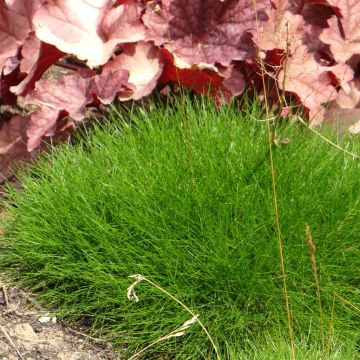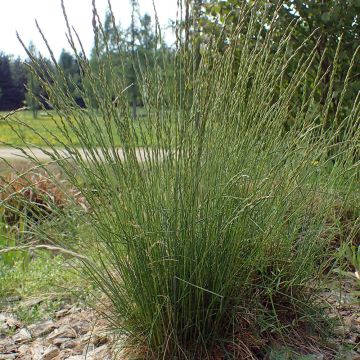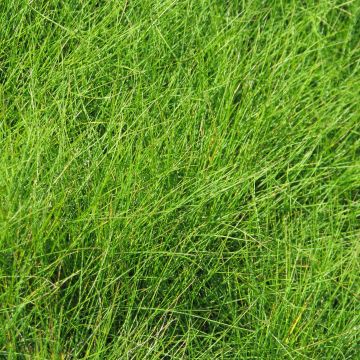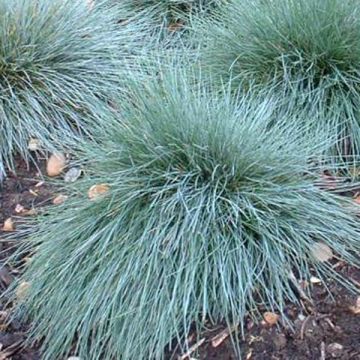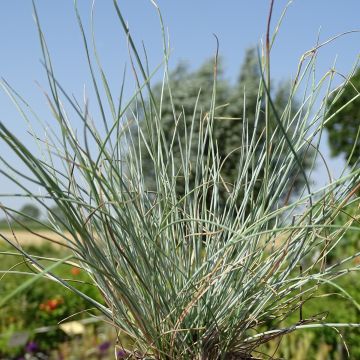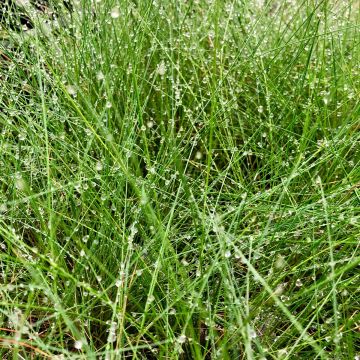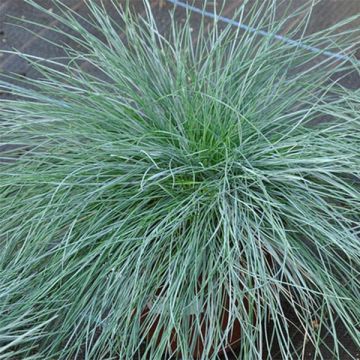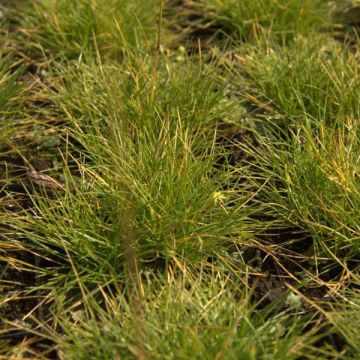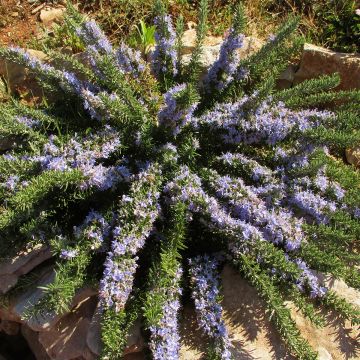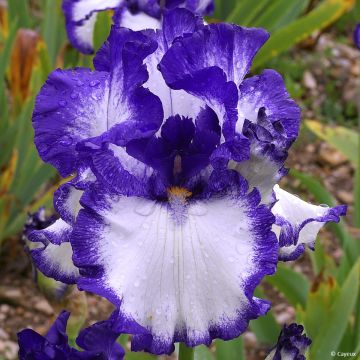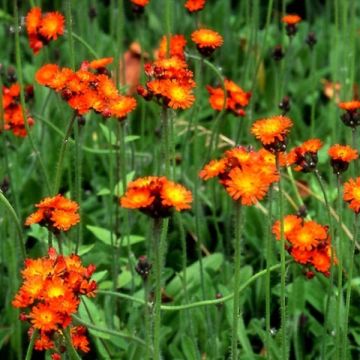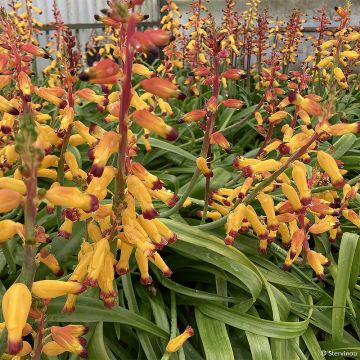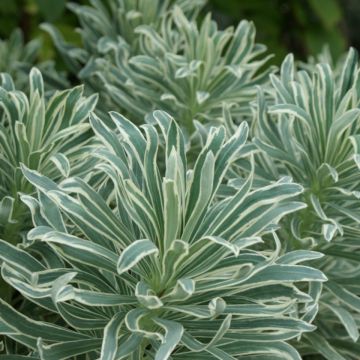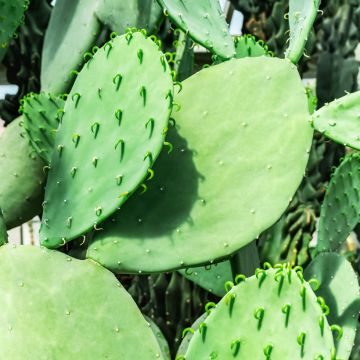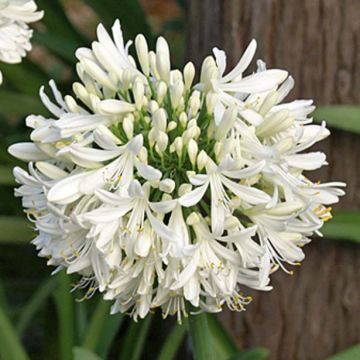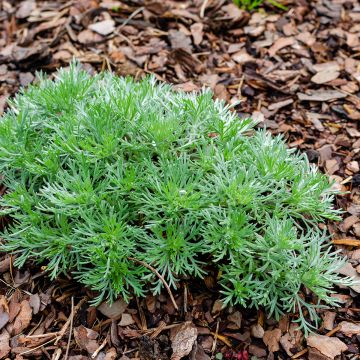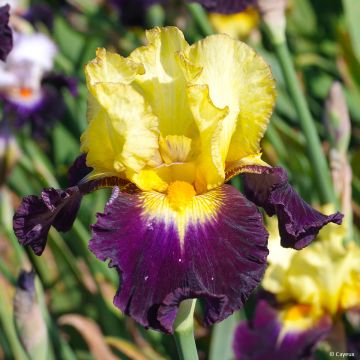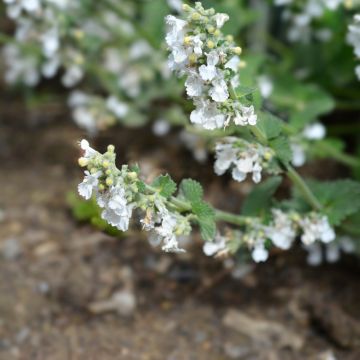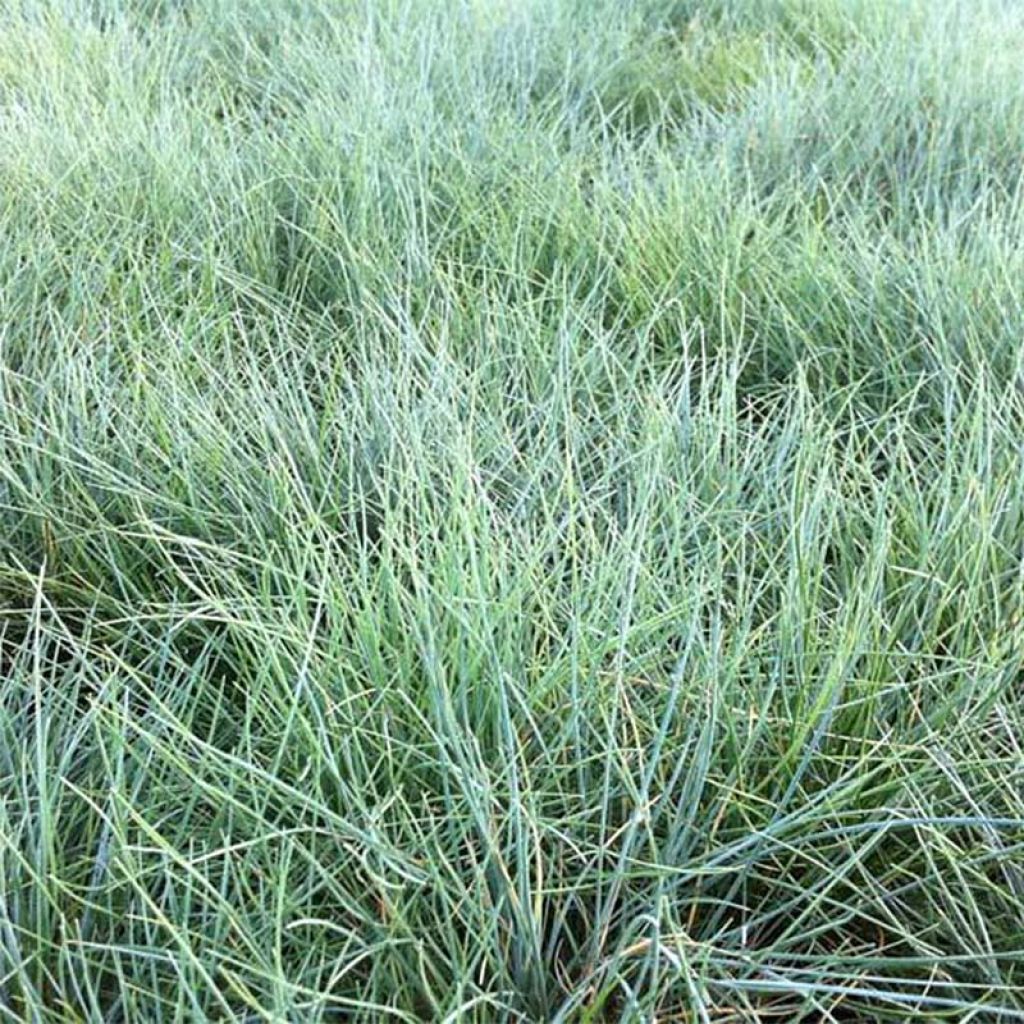

Festuca valesiaca Glaucantha
Festuca valesiaca Glaucantha
Festuca valesiaca Glaucantha
Glaucous Wallis Fescue
Much appreciated, thank you.
Josette B., 10/04/2018
This item cannot be shipped to the selected country
Delivery charge from €5.90
More information
Schedule delivery date,
and select date in basket
This plant carries a 12 months recovery warranty
More information
We guarantee the quality of our plants for a full growing cycle, and will replace at our expense any plant that fails to recover under normal climatic and planting conditions.
From €5.90 for pickup delivery and €6.90 for home delivery
Express home delivery from €8.90.
Does this plant fit my garden?
Set up your Plantfit profile →
Description
Festuca valesiaca Glaucantha, also known as Glaucous Wallis Fescue, is an elegant small perennial grass that is evergreen and originates from the Swiss Alps. It forms a rounded, grassy clump that spreads out in summer, with a very bright grey-green to silvery-blue hue. Its numerous silver-green spikes with purple highlights bloom from spring to summer, depending on the climate, above very fine foliage before turning blonde. This species, which prefers poor, well-drained soils, is very hardy and drought-tolerant once established. A lightweight plant that is easy to match and grow, perfect for difficult areas, in pots, as ground cover, in rockeries, borders or at the front of flower beds.
Festuca valesiaca is from the poaceae family, native to Europe, Asia Minor, and the Caucasus. It can be found in nature growing in dry meadows, steppe meadows, and pine forests in the Alps, Eastern Central Plateau, and hilly to subalpine areas. It prefers poor, sandy, and stony soils, generally rich in limestone.
The Glaucantha variety is distinguished by its bluer foliage. It is a pretty tufted plant with a rounded and very dense habit, slowly colonizing the ground through its short rhizomes. As an adult, it reaches a height of 20cm (8in), with a width of 25 to 30cm (10 to 12in), and has a fairly rapid growth rate. Its evergreen leaves are very thin, thread-like, and rough, with a very blue colour that becomes silvery over time. They measure 0.3 to 1mm (1in) in diameter, have a stiff appearance, and a prickly texture. Between May and July, bright, almost silvery spikelets appear above the foliage in panicles. The seeds are formed in late summer and are dispersed by the wind, ensuring the species' longevity in gardens and in nature.
Very hardy, even beyond -15°C (5°F), the Festuca valesiaca Glaucantha is a plant accustomed to harsh climates, perfect for gardens that experience cold winters and rather dry summers. It thrives in areas with poor, well-drained soil and in sunny locations. It can be used as ground cover, in low flower beds, borders, or even in rockeries by planting several spaced plants to punctuate a space or mass planting to create a thick, dense carpet. It creates beautiful contrasts with green fescues, blonde stipes, wildflowers, and remains decorative throughout the year. In a very contemporary style, you can create small scenes by placing light or coloured gravel, sand, or even pumice around your Fescue cushions. This will also limit the proliferation of weeds. Plant it alongside spring bulbs so that it will not suffocate but will hide their yellowed foliage in summer. This plant tolerates wind and salt spray quite well.
Report an error about the product description
Festuca valesiaca Glaucantha in pictures
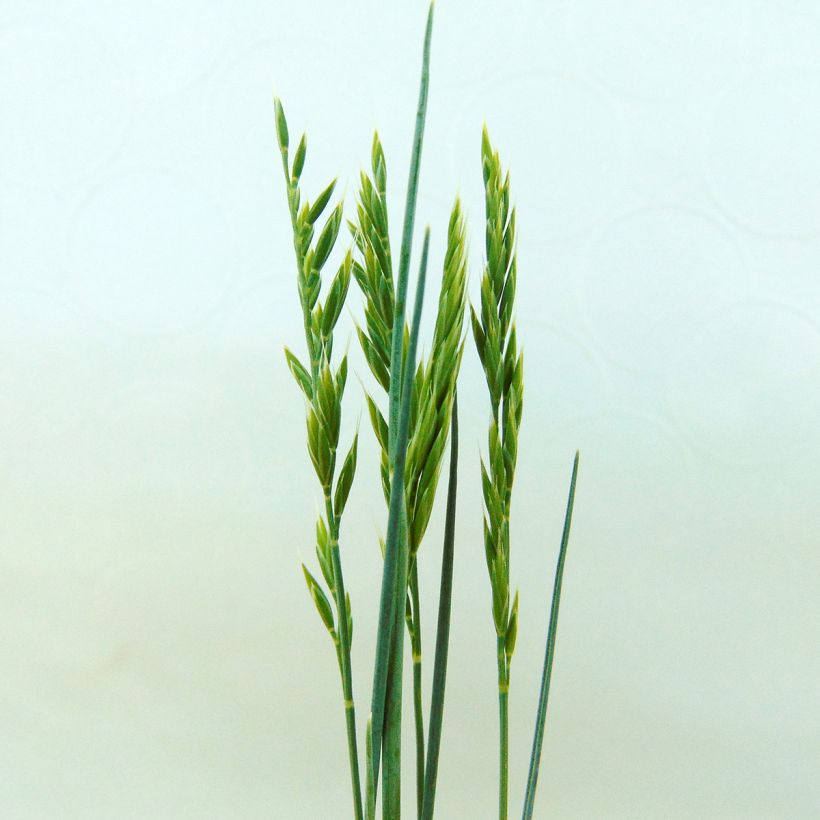

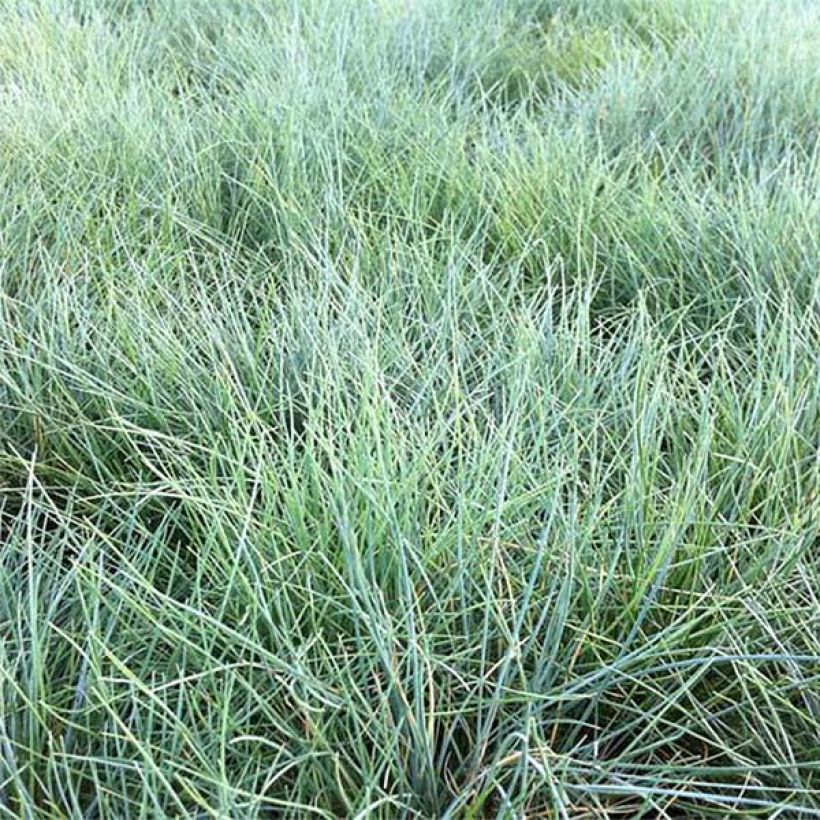

Flowering
Foliage
Plant habit
Safety measures
Botanical data
Festuca
valesiaca
Glaucantha
Poaceae
Glaucous Wallis Fescue
Western Europe
atteinterespiratoire
Cette plante peut entraîner des symptômes allergiques.
Evitez de la planter si vous ou vos proches souffrez de rhinite saisonnière ("rhume des foins").
Davantage d'informations sur https://plantes-risque.info
Other Fescue grass
Planting and care
Plant Festuca valesiaca Glaucantha in autumn or spring, in full sun or even in partial shade (4 to 5 hours of sun per day), in deep, well-drained, preferably poor, and even gravelly or sandy, even limestone soil. It also adapts very well to moist soils, if properly drained. A small plant that thrives easily, and is even more beautiful when it suffers a little, a perennial without problems and without maintenance. It only requires minimal maintenance, and some watering after planting. The clumps are beautiful from the second year onwards.
Planting period
Intended location
Care
-
, onOrder confirmed
Reply from on Promesse de fleurs
Mediterranean perennials
Haven't found what you were looking for?
Hardiness is the lowest winter temperature a plant can endure without suffering serious damage or even dying. However, hardiness is affected by location (a sheltered area, such as a patio), protection (winter cover) and soil type (hardiness is improved by well-drained soil).

Photo Sharing Terms & Conditions
In order to encourage gardeners to interact and share their experiences, Promesse de fleurs offers various media enabling content to be uploaded onto its Site - in particular via the ‘Photo sharing’ module.
The User agrees to refrain from:
- Posting any content that is illegal, prejudicial, insulting, racist, inciteful to hatred, revisionist, contrary to public decency, that infringes on privacy or on the privacy rights of third parties, in particular the publicity rights of persons and goods, intellectual property rights, or the right to privacy.
- Submitting content on behalf of a third party;
- Impersonate the identity of a third party and/or publish any personal information about a third party;
In general, the User undertakes to refrain from any unethical behaviour.
All Content (in particular text, comments, files, images, photos, videos, creative works, etc.), which may be subject to property or intellectual property rights, image or other private rights, shall remain the property of the User, subject to the limited rights granted by the terms of the licence granted by Promesse de fleurs as stated below. Users are at liberty to publish or not to publish such Content on the Site, notably via the ‘Photo Sharing’ facility, and accept that this Content shall be made public and freely accessible, notably on the Internet.
Users further acknowledge, undertake to have ,and guarantee that they hold all necessary rights and permissions to publish such material on the Site, in particular with regard to the legislation in force pertaining to any privacy, property, intellectual property, image, or contractual rights, or rights of any other nature. By publishing such Content on the Site, Users acknowledge accepting full liability as publishers of the Content within the meaning of the law, and grant Promesse de fleurs, free of charge, an inclusive, worldwide licence for the said Content for the entire duration of its publication, including all reproduction, representation, up/downloading, displaying, performing, transmission, and storage rights.
Users also grant permission for their name to be linked to the Content and accept that this link may not always be made available.
By engaging in posting material, Users consent to their Content becoming automatically accessible on the Internet, in particular on other sites and/or blogs and/or web pages of the Promesse de fleurs site, including in particular social pages and the Promesse de fleurs catalogue.
Users may secure the removal of entrusted content free of charge by issuing a simple request via our contact form.
The flowering period indicated on our website applies to countries and regions located in USDA zone 8 (France, the United Kingdom, Ireland, the Netherlands, etc.)
It will vary according to where you live:
- In zones 9 to 10 (Italy, Spain, Greece, etc.), flowering will occur about 2 to 4 weeks earlier.
- In zones 6 to 7 (Germany, Poland, Slovenia, and lower mountainous regions), flowering will be delayed by 2 to 3 weeks.
- In zone 5 (Central Europe, Scandinavia), blooming will be delayed by 3 to 5 weeks.
In temperate climates, pruning of spring-flowering shrubs (forsythia, spireas, etc.) should be done just after flowering.
Pruning of summer-flowering shrubs (Indian Lilac, Perovskia, etc.) can be done in winter or spring.
In cold regions as well as with frost-sensitive plants, avoid pruning too early when severe frosts may still occur.
The planting period indicated on our website applies to countries and regions located in USDA zone 8 (France, United Kingdom, Ireland, Netherlands).
It will vary according to where you live:
- In Mediterranean zones (Marseille, Madrid, Milan, etc.), autumn and winter are the best planting periods.
- In continental zones (Strasbourg, Munich, Vienna, etc.), delay planting by 2 to 3 weeks in spring and bring it forward by 2 to 4 weeks in autumn.
- In mountainous regions (the Alps, Pyrenees, Carpathians, etc.), it is best to plant in late spring (May-June) or late summer (August-September).
The harvesting period indicated on our website applies to countries and regions in USDA zone 8 (France, England, Ireland, the Netherlands).
In colder areas (Scandinavia, Poland, Austria...) fruit and vegetable harvests are likely to be delayed by 3-4 weeks.
In warmer areas (Italy, Spain, Greece, etc.), harvesting will probably take place earlier, depending on weather conditions.
The sowing periods indicated on our website apply to countries and regions within USDA Zone 8 (France, UK, Ireland, Netherlands).
In colder areas (Scandinavia, Poland, Austria...), delay any outdoor sowing by 3-4 weeks, or sow under glass.
In warmer climes (Italy, Spain, Greece, etc.), bring outdoor sowing forward by a few weeks.

































